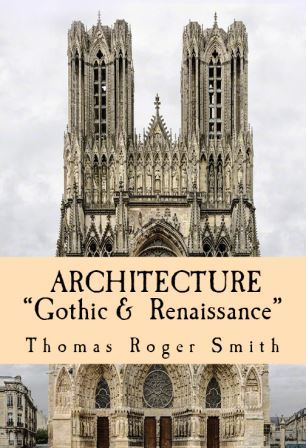More Search Results...
Thomas Roger Smith (1830–1903) was an English architect and academic. He is now best known for his views and writings on public buildings, in terms of their style and acoustics, and their influence on other architects, particularly in relation to British imperial architecture. His own building designs are not considered distinguished. Born at Sheffield on 14 July 1830, he was the only son of the Rev. Thomas Smith of Sheffield by his wife Louisa Thomas of Chelsea. After private education he entered the office of Philip Hardwick; and spent a year and a half in travel before beginning independent practice as an architect in 1855. Arthur John Gale was in partnership with him until 1891, and from 1888 his son, Ravenscroft Elsey Smith. His office was at Temple Chambers, Temple Avenue, E.C., London. An employee was the novelist Thomas Hardy, for a few months in 1872 as he was struggling to establish himself as a writer. Smith lectured on architecture and became in 1851 a member of the Architectural Association, of which he was president in 1860–1 and again in 1863–4. At the Royal Institute of British Architects (RIBA) he was elected an associate in 1856, in 1863 a fellow, and was for several sessions a member of its council.
In 1869 he was a founding editor of The Architect. Smith became chairman in 1899 of the statutory board of examiners (under the London Building Acts) which the institute appointed. In 1874 he was made district surveyor under the Metropolitan Board of Works for Southwark and North Lambeth, and was transferred in 1882 to the district of West Wandsworth. Smith’s other official appointments were numerous. At the Carpenters’ Company, he attained in 1901 the office of master. He was an examiner in architecture to the Science and Art Department, South Kensington Museum, as well as to the City and Guilds Institute. From 1880 to his death, Smith was Professorship of Architecture at University College, London, which he held from 1880 to his death. He was brought in on questions of rights of light, and as an architectural assessor in competitions. Seriously lame for many years, Smith worked on until the end of 1902. He died on 11 March 1903 at his residence, Gordon Street, Gordon Square, London.
Architecture (Gothic and Renaissance)
THE history, the features, and the most famous examples of European architecture, during a period extending from the rise of the Gothic, or pointed, style in the twelfth century to the general depression which overtook the Renaissance style at the close of the eighteenth, form the subject of this little volume. I have endeavoured to adopt as free and simple a mode of treatment as is compatible with the accurate statement of at least the outlines of so very technical a subject.
More info →
































